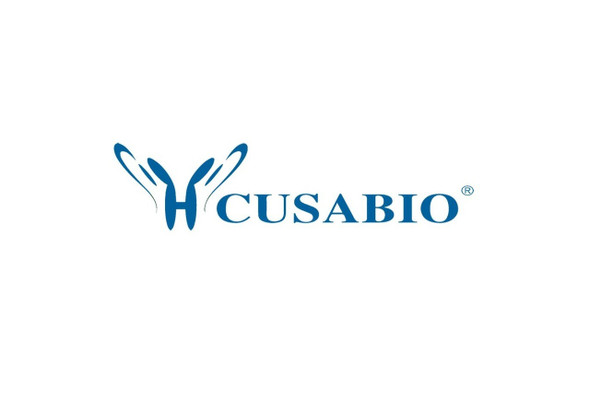Cusabio Polyclonal Antibodies
POU2F1 Antibody | CSB-PA184871
- SKU:
- CSB-PA184871
- Availability:
- 3 to 7 Working Days
- Size:
- 100ul
Description
POU2F1 Antibody | CSB-PA184871 | Cusabio
POU2F1 Antibody is Available at Gentaur Genprice with the fastest delivery.
Online Order Payment is possible or send quotation to info@gentaur.com.
Product Type: Polyclonal Antibody
Target Names: POU2F1
Aliases: 1-Oct; OTF1; oct-1B
Background:
Transcription factor that binds to the octamer motif (5'-ATTTGCAT-3') and activates the promoters of the genes for some small nuclear RNAs (snRNA) and of genes such as those for histone H2B and immunoglobulins. Modulates transcription transactivation by NR3C1, AR and PGR By similarity. In case of human herpes simplex virus (HSV) infection, POU2F1 forms a multiprotein-DNA complex with the viral transactivator protein VP16 and HCFC1 thereby enabling the transcription of the viral immediate early genes.
Prefontaine G.G., Walther R., Giffin W. J. Biol. Chem. 274:26713-26719 (1999)
Mahajan S.S., Wilson A.C. Mol. Cell. Biol. 20:919-928 (2000)
Isotype: IgG
Conjugate: Non-conjugated
Clonality: Polyclonal
Uniport ID: P14859
Host Species: Rabbit
Species Reactivity: Human, Mouse, Rat
Immunogen: Peptide sequence around aa.270~274 (T-P-K-R-I) derived from Human Oct-1.
Immunogen Species: Human
Applications: ELISA, WB, IF
Tested Applications: ELISA, WB, IF;WB:1:500-1:1000, IF:1:100-1:200
Purification Method: Antibodies were produced by immunizing rabbits with synthetic peptide and KLH conjugates. Antibodies were purified by affinity-chromatography using epitope-specific peptide.
Dilution Ratio1: ELISA:1:2000-1:10000
Dilution Ratio2: WB:1:500-1:1000
Dilution Ratio3: IF:1:100-1:200
Dilution Ratio4:
Dilution Ratio5:
Dilution Ratio6:
Buffer: Supplied at 1.0mg/mL in phosphate buffered saline (without Mg2+ and Ca2+), pH 7.4, 150mM NaCl, 0.02% sodium azide and 50% glycerol.
Form: liquid
Storage: Upon receipt, store at -20°C or -80°C. Avoid repeated freeze.
Initial Research Areas: Epigenetics and Nuclear Signaling
Research Areas: Epigenetics & Nuclear Signaling






